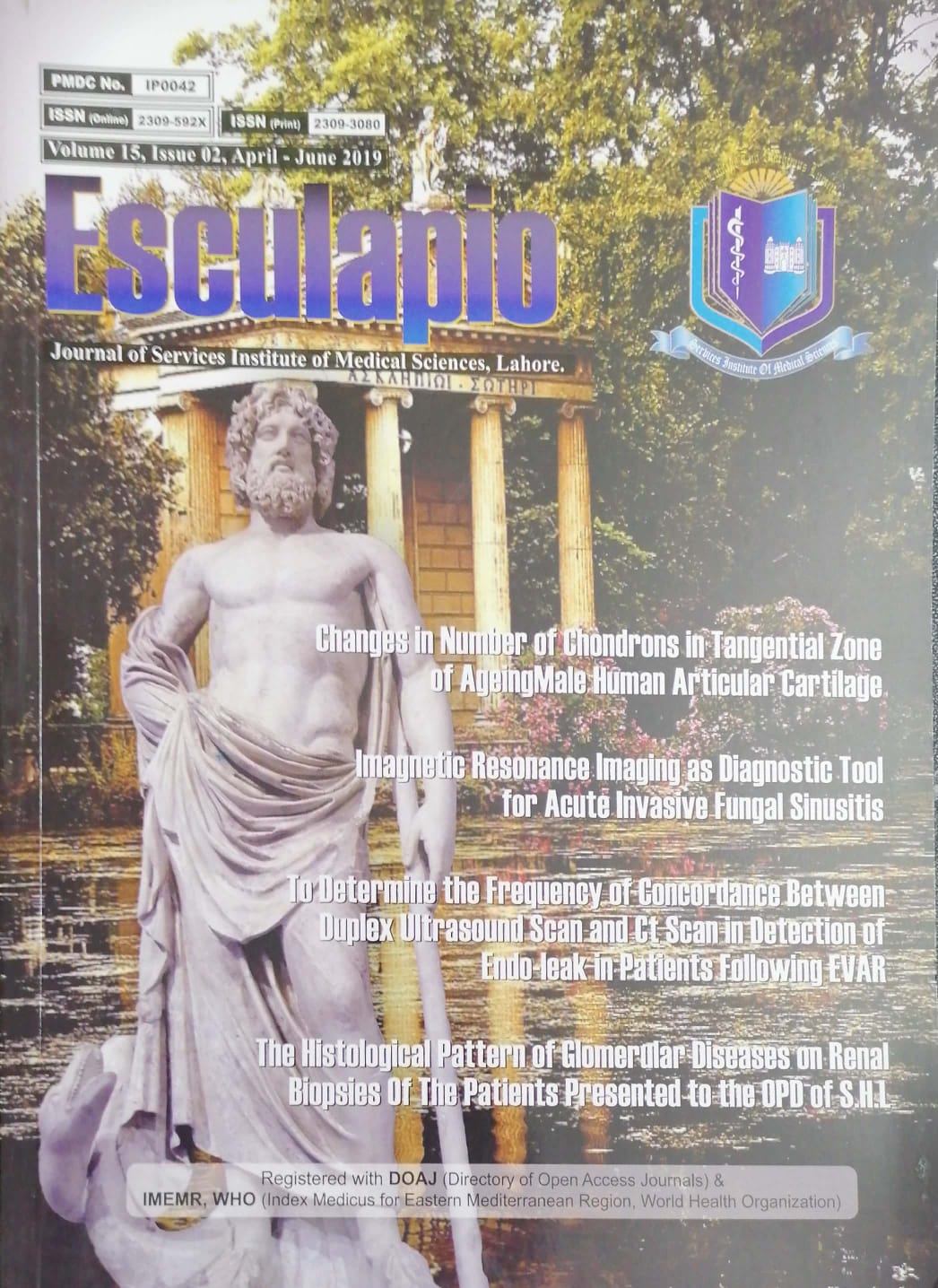RISk Factors and Outcome In Patients with Ruptured Uterus in Sahiwal Teaching Hospital, Sahiwal
DOI:
https://doi.org/10.51273/esc19.71524Keywords:
uterine rupture, emergency peripartum hysterectomy, maternal morbidity mortality, multiparityAbstract
Objective: To determine the risk factors and feto-maternal outcomes among patients with
ruptured uterus.
Methods: The study design opted for the present research was observational retrospective,
where the mothers who delivered in the hospital were assessed for various demographic
characteristics, indications and high risk factors. Maternal and fetal outcome were noted. The
records were retrieved from June 2015 to Dec 2017 by using hospital records system. The
exclusion criteria include all women with renal failure, past surgical history of heart disease.
Women who deliver at hospital at or after 25 weeks of gestational age and experienced uterine
rupture or went for hysterectomy at the time of delivery or afterward within the defined period of
puerperium were included in the study.
Results: The data of 78 mothers were retrieved from the hospital record system. The mean age
of the women was 39.85+4.99 with range 20-46. 54 (69.23%) of the mothers were in the age
category of 20 to 30, 23 (29.48%) were 31-40 years of age and 1 (1.29%) was of above 40 years of
age. The average gestational age was 35.42 weeks.70 (89.74%) of the deliveries were
spontaneous and complete. The major causes of uterine rupture were, 57(73.07%) previous scar,
4(5.12%) Previous scar + Feto-pelvic disproportion, 3 (3.84%) with Previous scar + mal-
presentation, 7(8.9%) Previous scar + oxytocic and 2 (2.56.28%) Mal-presentation.The average
number of blood transfusion was 3.79.
Conclusions: We may conclude that feto-maternal outcomes like vaginal bleeding, palpable
parts, and perinatal mortality were obvious among women with uterine rupture. Other probable
risk factor may include previous scar history, multiparity, mal-presentation, feto-pelvic
disproportion and hysterectomy.










